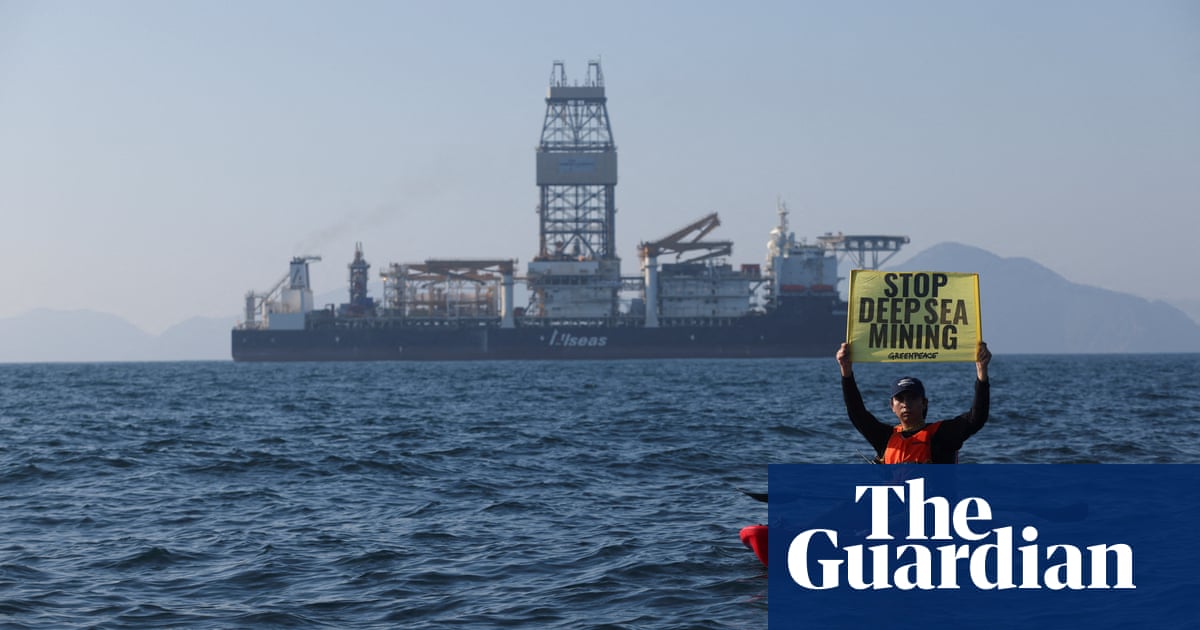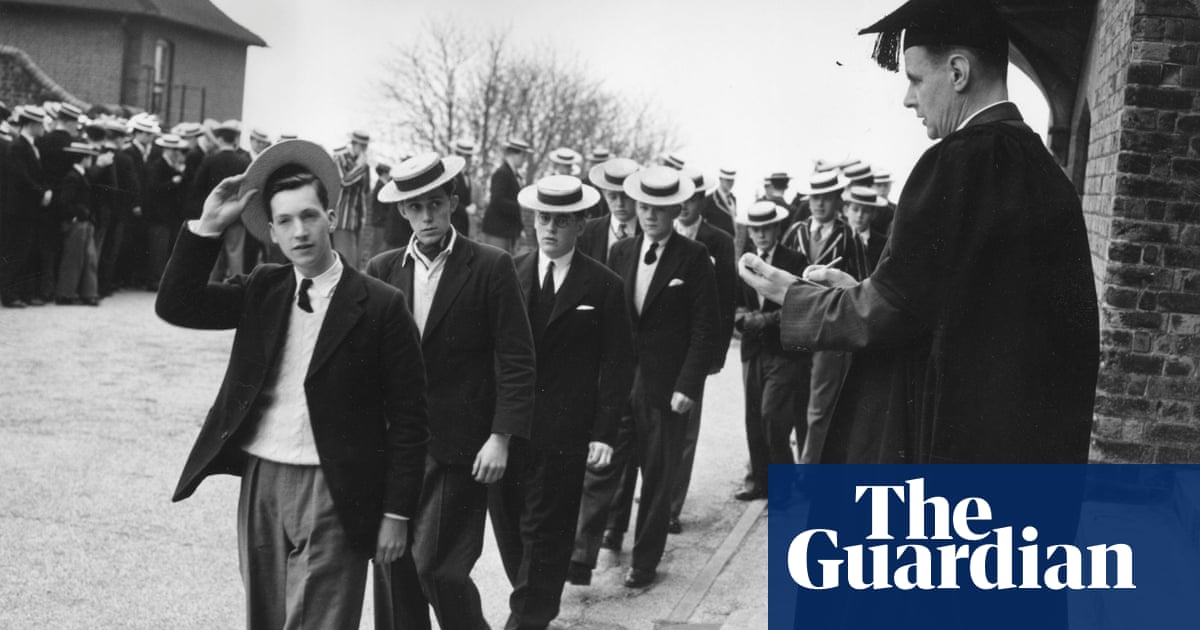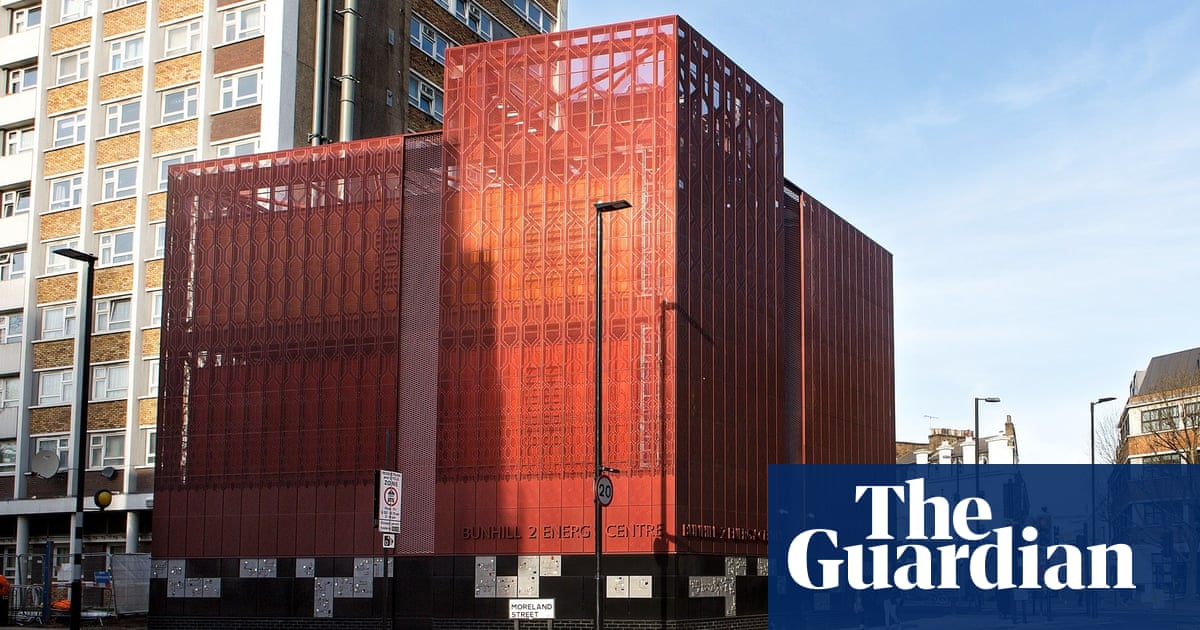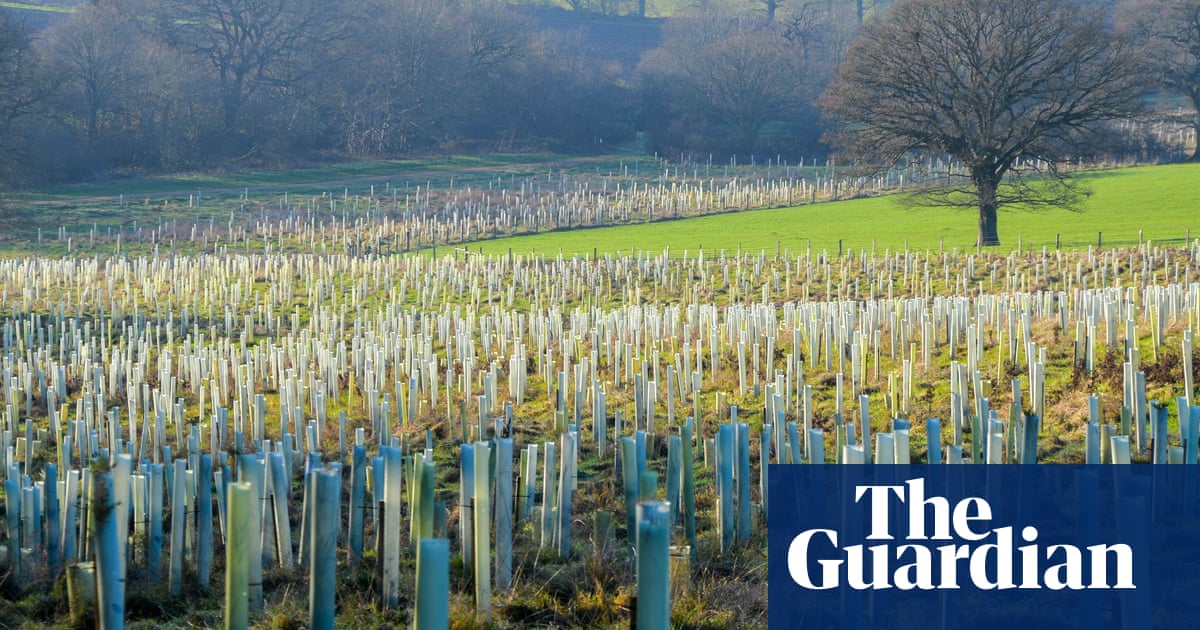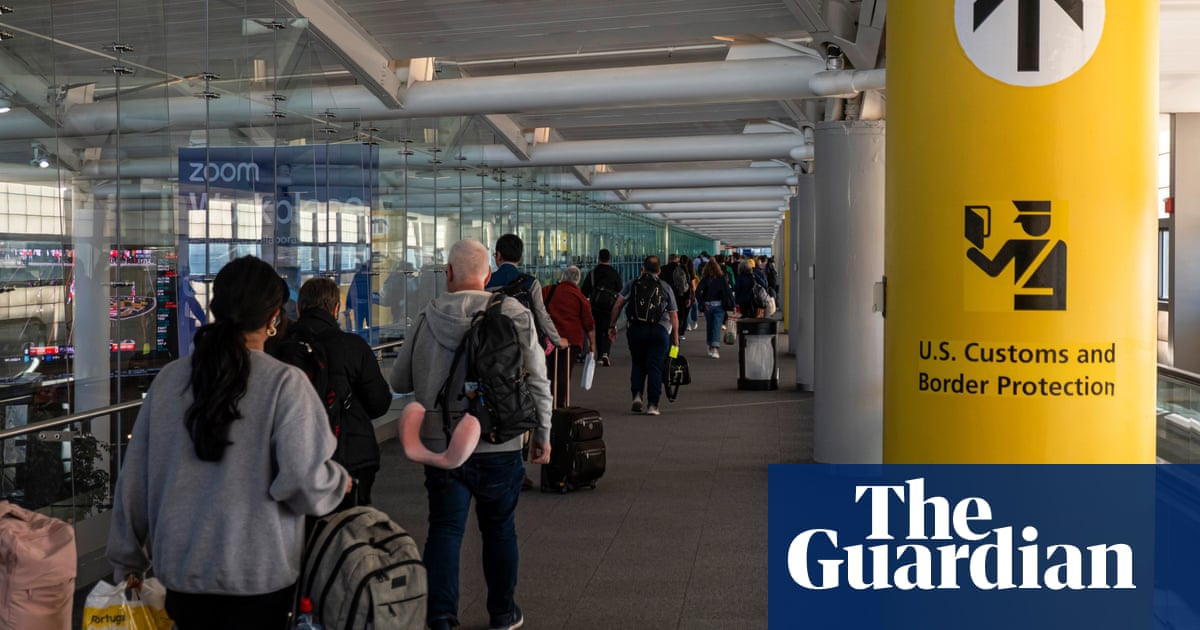It’s a dreary day in Bedford, but on a flight simulator the skies above San Francisco airport are blue and the wind is low. That is a good thing, because there is an amateur at the joystick of the world’s biggest aircraft.
The flight simulator models trips by the Airlander 10, which is part airship, part aeroplane. If all goes to plan for its designer, Hybrid Air Vehicles (HAV), two dozen will be built each year from 2030 at a factory in Doncaster, South Yorkshire.
The virtual 98-metre aircraft noses its way into the air gently, responding gradually to adjustments to its heading about 300 metres (1,000 feet) over the city. This reporter is an old hand when it comes to crashing flight simulators, but the journey passes without incident, albeit with considerable help from one of the five people who has actually flown in the real thing.
Those flights astonished crowds when the prototype lifted off in Bedfordshire, an hour north of London, in 2016. The prototype was retired in 2019, after gathering enough data on flying and – once, not fatally – crashing.
HAV is now preparing to run the “scale up” gauntlet: going from an eye-catching first model to building a factory employing 1,200 people, and then making airships capable of transporting 10 tonnes of cargo, or up to 130 passengers, at up to 90mph.
Tom Grundy, the HAV chief executive since 2019, says the Airlander can go “in between the two extremes” of fast but polluting and expensive planes, and cleaner, cheaper but much slower ferries. For short plane journeys run by regional airlines, the costs of operation using an Airlander “are at or below the cost of what they’re operating today” with smaller passenger planes, he says.

The Airlander will not need miles of tarmac runway far from city centres, just a flat space about 200 metres across and a truck with a mooring mast.
“It doesn’t have to be stuck to going between today’s airports,” Grundy says. “It can go into different places. And yet it’s faster than moving around the world over the surface. It’s faster than those ferry journeys. It can often be faster than a train journey, very often faster than a car journey. So providing this middle option.”
The European regional airline Air Nostrum has said it will buy 20 to carry passengers between Mediterranean islands. The luxury tour company Grands Espaces wants the craft to take passengers on jaunts over the Arctic. HAV has also looked at replacing ferries in the Scottish Highlands and across the Irish Sea between Belfast and Liverpool.

Unlike normal planes, weight is the key concern rather than volume. That should mean much more spacious seats for passengers, while luxury tourists will each have double bedrooms. Freight shipping is even more promising, with many customers who would value quicker journeys for bulky loads than ships, but with less expensive fuel burned than planes.
HAV is not the only company to spy a gap: France’s Flying Whales is hoping to build a dirigible for cargo only, while Lighter than Air Research (LTA) is focusing on humanitarian missions.
They are all in the precarious startup phase. HAV has spent £140m since 2007, but the latest accounts showed just £400,000 cash on hand at the end of 2023. Other low-emission flight companies, including a clutch employing electric vertical take-off and landing, have run into difficulties recently. The German companies Lilium and Volocopter filed for bankruptcy in late 2024.
Yet HAV is aiming to spend a fraction of the cash of some aerospace rivals. It is seeking to raise £300m in equity funding, with the first chunk by the summer. (It is angling for part of the cash from the Labour government’s national wealth fund.) That money, plus deposits on orders worth a notional £1.5bn, should make the company cashflow positive, Grundy says.
Grundy has brought several aircraft from design to flight in a career that includes fighter jet manufacturer BAE Systems and work on the Airbus A380, at 73 metres another leviathan of the skies.
after newsletter promotion
Carbon reduction, in perhaps the hardest sector to decarbonise, was one motivator for Grundy joining HAV. The company claims emissions will be 90% lower than a conventional plane. That could get to 100%, as it plans to switch from internal combustion engines to hydrogen fuel cells to power the Airlander’s four propellers.

The reason for the lower energy use is obvious – balloons float – but that provides only 60% of the lift, a “headstart against gravity”. The Airlander is also an aeroplane: the shape of the balloon – made from a composite of Kevlar and two other materials – makes it a giant wing. That also saves on expensive – and finite – helium.
The Airlander started life as a project for the US Department of Defense, which wanted a surveillance aircraft. HAV says Airlanders will stay airborne for five days, making them 10 times cheaper than fixed-wing drones and easier to control than spy balloons. The company has a deal with BAE Systems to handle sales to military customers. Grundy declined to comment when asked if BAE or another technology partner, France’s Dassault, could become investors.
HAV’s designers came up with an innovative double-ellipsoid airframe that gives the wing shape without sagging when 10 tonnes hang in a gondola below it. The shape also provided its very unofficial nickname: the “flying bum”.
“I think we’ve got more important things to do than be annoyed about that,” says Grundy when asked the inevitable. “To feel the warmth, the engagement, and sometimes the humour of how people responded to that, it actually was quite powerful for me.”

The flying bum could also get much bigger: HAV is already planing a 50-tonne, 120-metre version for freight customers that could carry wind turbine blades up remote hills. Eventually Grundy wants to make a 200-tonne version that would blow past the A380’s 84-tonne payload – and potentially open up the possibility of the world’s biggest aircraft crisscrossing the Pacific.
The Hindenburg disaster in 1937, when the German airship’s hydrogen balloon burst into flames over New Jersey, made lighter-than-air craft seem a thing of the past for a long time, but the sight of a 98-metre ship in the sky is also something out of sci-fi future. In real life, the Airlander (filled with non-flammable helium) was enough to stop traffic whenever the prototype flew.
“I never thought I would be in the lighter-than-air space when I started my career,” Grundy says. “I think airships have been very, very hard to make practical. I’m attracted to what we’re doing here because it is practical. But once I got into it, you start to realise how many future visions that people have of the world include aircraft a bit like this.”

.png) 2 months ago
27
2 months ago
27

